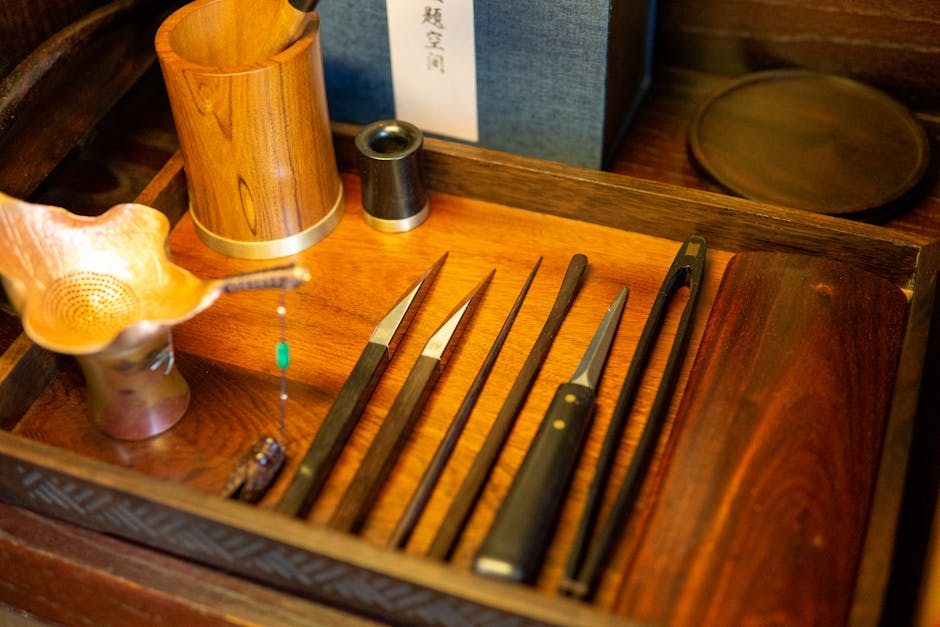
As a curator of crafts, I am always delighted to witness the enduring legacy of traditional artistry, especially when it sparks wonder in a new generation. Japan's rich tapestry of traditional crafts offers countless examples of dedication and skill, and today we turn our gaze to a remarkable pottery tradition from Gifu Prefecture: Shibukusa-yaki.
Recently, in Takayama City, Gifu, a group of children had the extraordinary opportunity to participate in a painting experience (絵付け体験) with this esteemed traditional craft. Their reaction perfectly encapsulates the profound skill involved: 「こんなに難しいことをやっていてびっくり」 – "I'm surprised they're doing something so difficult." This sentiment speaks volumes about the intricate beauty and demanding nature of Shibukusa-yaki.
The Enduring Legacy of Shibukusa-yaki
Shibukusa-yaki is a traditional craft with a history deeply rooted in the picturesque region of Gifu. While its exact origins trace back through generations, it has become synonymous with exquisite ceramic artistry. Unlike many other pottery styles, Shibukusa-yaki is particularly renowned for its delicate and elaborate overglaze enamel painting, often featuring intricate motifs inspired by nature, such as vibrant flowers, graceful birds, and serene landscapes. Each piece tells a story, imbued with the artisan's vision and mastery.
The Artisan's Exceptional Skill and Commitment
The "difficulty" that surprised the children is precisely what defines the exceptional skill of Shibukusa-yaki artisans. Creating these masterpieces requires not only a deep understanding of clay and firing techniques but also an incredibly steady hand, keen artistic eye, and immense patience for the painting process (絵付け). Artisans carefully apply multiple layers of colored glazes and fine lines, often using brushes made from a single strand of hair, to achieve the depth, vibrancy, and precision that are hallmarks of Shibukusa-yaki.
Their commitment extends to the very materials. From selecting the finest clays to mixing pigments for bespoke colors, every step is a testament to their dedication to quality and tradition. The firing process, too, is critical, transforming the painted raw clay into a durable and lustrous work of art that will be cherished for decades.
Children Discover the Artistry: A Bridge to Modern Life
The painting experience for the children in Takayama City serves as a vital bridge between generations. By allowing young hands to attempt the delicate brushwork, even in a simplified form, it cultivates an immediate appreciation for the skill and effort behind each piece of Shibukusa-yaki. Hearing a child exclaim, "I'm surprised they're doing something so difficult," is perhaps the highest compliment to the artisans, acknowledging the true complexity of their daily work.
Beyond its historical significance, Shibukusa-yaki fits seamlessly into modern life. Its elegant designs and timeless aesthetic make it perfect for contemporary homes. Whether serving tea in a beautifully painted cup, adorning a dining table with a unique dish, or simply displaying a decorative vase, Shibukusa-yaki pieces bring a touch of refined Japanese heritage to everyday living. They are not merely objects; they are functional works of art, cherished heirlooms, and thoughtful gifts that connect us to a rich cultural past while enhancing our present.
Embracing the Beauty of Tradition
The experience of these children in Gifu's Takayama City is a poignant reminder of the power of traditional crafts. They offer not just beauty, but also a tangible connection to history, culture, and the extraordinary human dedication required to master such intricate skills. Shibukusa-yaki stands as a proud example of Japan's artistic heritage, continuing to surprise and inspire all who encounter its challenging yet utterly captivating beauty.
Comments
Post a Comment